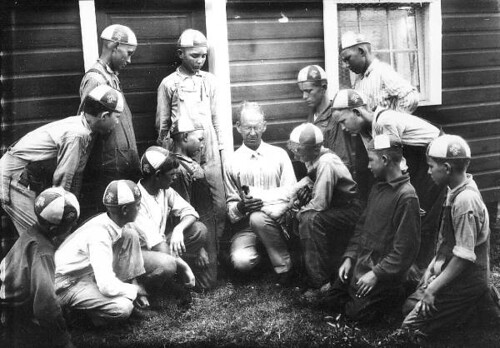The use of a podcast on my blog would be beneficial in this introductory learning activity to Mexico, and could be spiraled up to the higher language classes by simply uploading the podcast in the target language (Spanish) rather than the audio being in English.
.Some things covered in this 5 minute podcast include:
- Which country separates the United States of America from Central America?
- Where, on average, do people eat half a kilo of tortillas every day?
- Where is home to the cactus and the Chihuahua? Mexico, of course!
- Mexico, or the United States of Mexico, is a federation of thirty-one sovereign states.
- Mexico's land mass is almost three times that of Texas, which it borders.
- Mexico is the world’s fourteenth largest nation
This podcast is an excellent way to engage the young language learner. I would like to include a podcast from each country that we study in level one Spanish. Each would simply be assigned to the students as homework for listening practice/knowledge. A blog question/answer prompt could be added for testing comprehension.
 |
| http://kids.learnoutloud.com/ |

